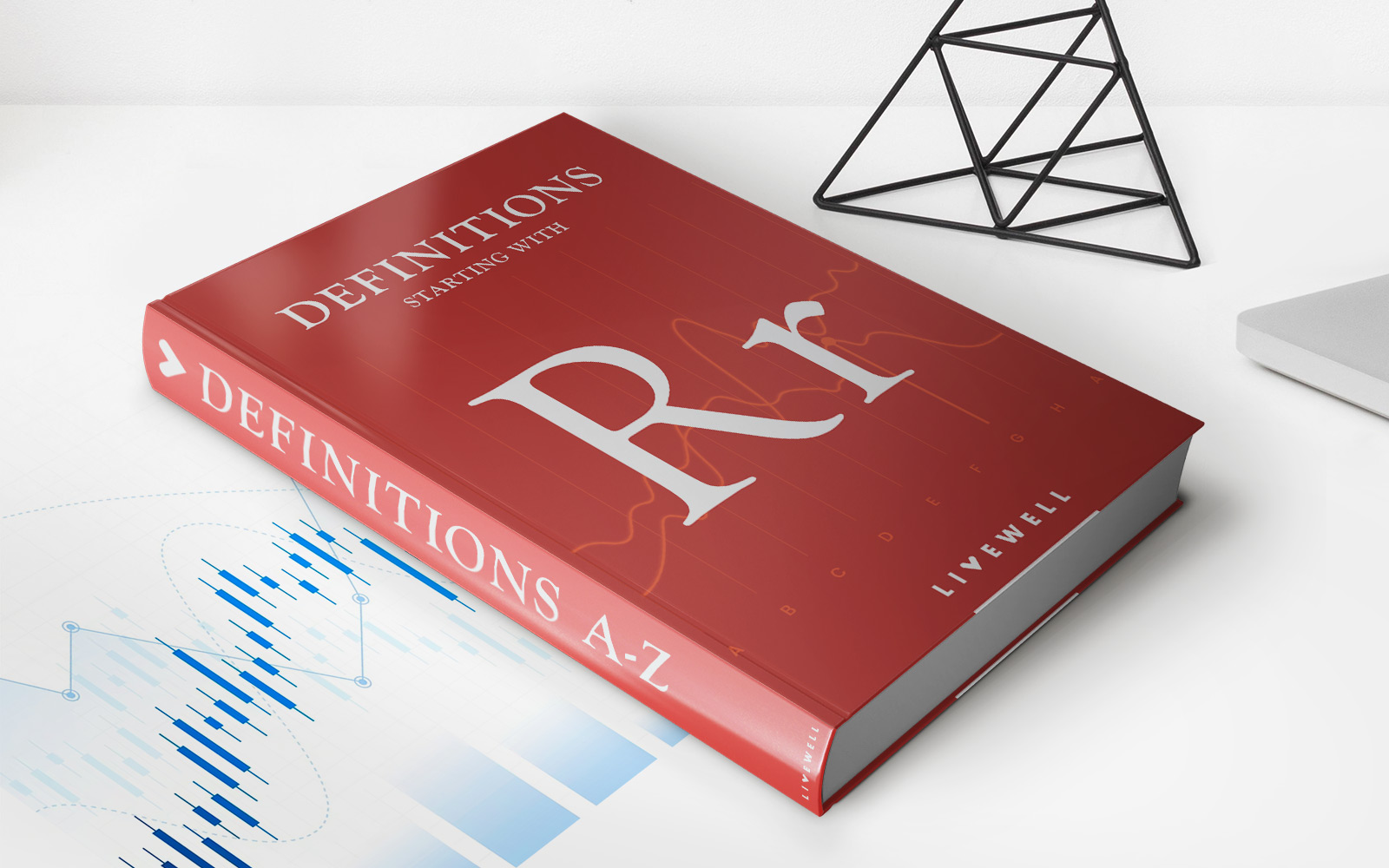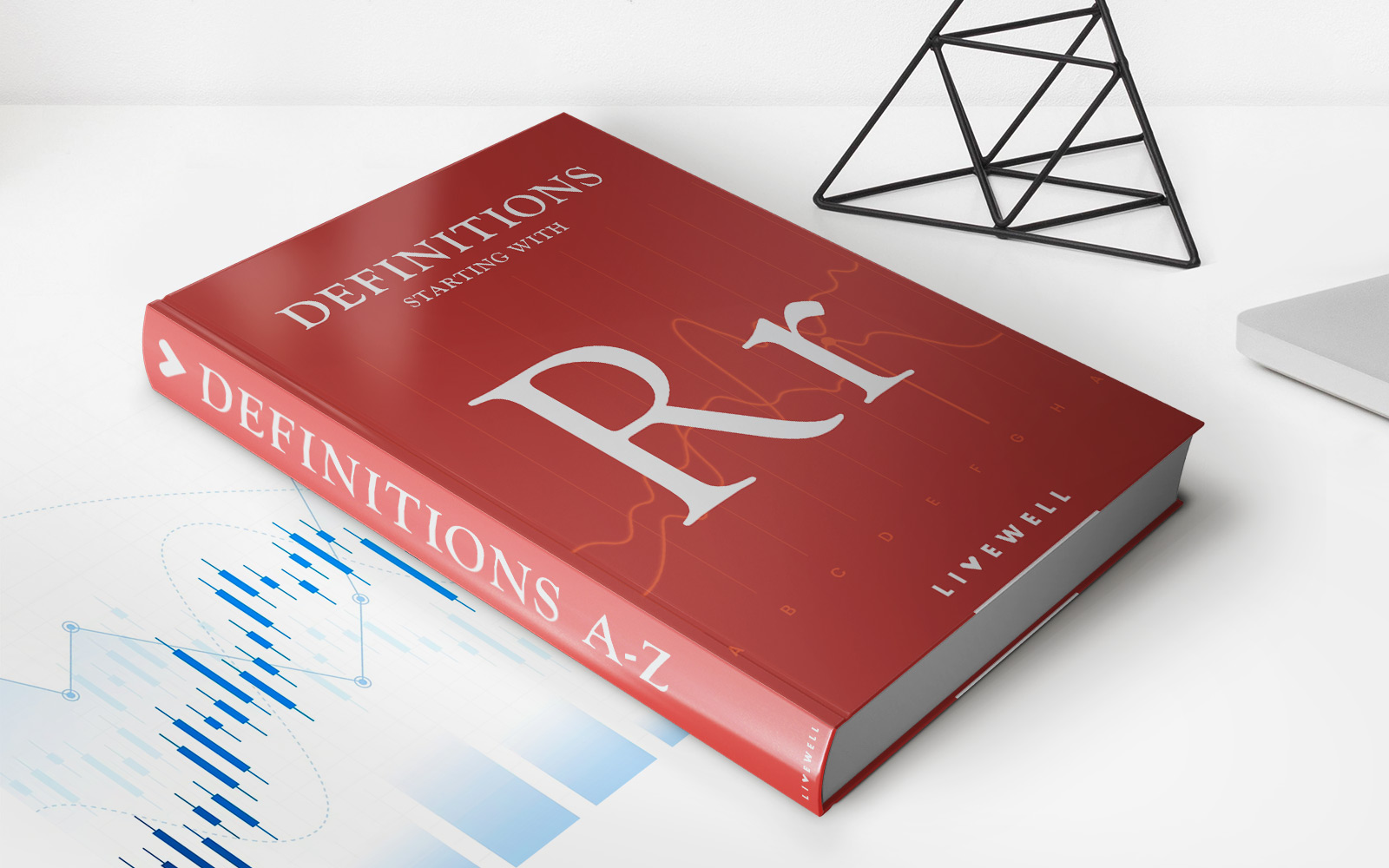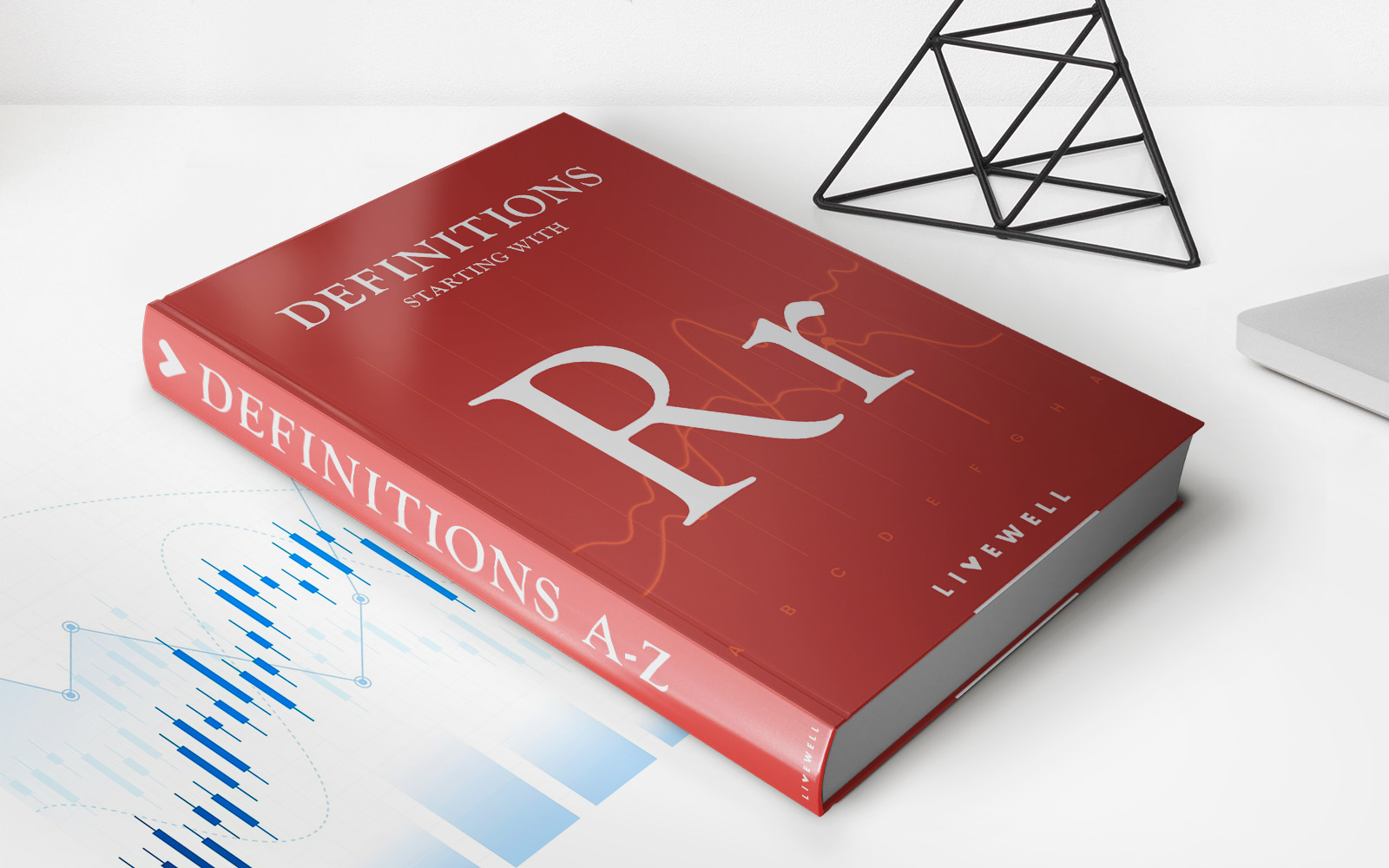Home>Finance>Rent Control: Definition, How It Works, Vs. Rent Stabilization


Finance
Rent Control: Definition, How It Works, Vs. Rent Stabilization
Published: January 18, 2024
Get a clear understanding of rent control and how it works in the finance sector. Learn the differences between rent control and rent stabilization for better financial planning.
(Many of the links in this article redirect to a specific reviewed product. Your purchase of these products through affiliate links helps to generate commission for LiveWell, at no extra cost. Learn more)
Rent Control: Definition, How It Works, Vs. Rent Stabilization
Are you curious about rent control? Wondering how it works and how it differs from rent stabilization? Look no further! In this blog post, we’ll take a deep dive into the world of rent control and provide you with all the information you need to understand this important aspect of the housing market.
Key Takeaways:
- Rent control is a government policy that sets limits on how much landlords can increase rents.
- Rent control aims to protect tenants from skyrocketing rent prices and maintain affordable housing options.
Rent control is a hot-button issue in many cities and has a significant impact on both tenants and landlords. So, let’s start with the basics:
What Is Rent Control?
Rent control is a government policy that limits the amount landlords can increase rent on residential properties. It is designed to protect tenants from exorbitant rent hikes and maintain a supply of affordable housing options. Rent control typically sets a maximum allowable annual rent increase, often tied to inflation rates or other predetermined factors.
Rent control laws vary from one jurisdiction to another, and not all cities or states have implemented such policies. These laws cover various aspects, including the percentage of allowable rent increases, the frequency of adjustments, and the properties to which they apply. Some jurisdictions also impose restrictions on eviction practices to further safeguard tenants’ rights.
How Does Rent Control Work?
When rent control is in effect, landlords are typically limited in the amount they can raise rents annually. The specific restrictions and regulations can vary, but the underlying principle remains the same – rent increases must adhere to the predetermined guidelines established by the governing jurisdiction.
While rent control laws aim to protect tenants, they can have implications for landlords as well. For instance, landlords may find it challenging to cover increasing property expenses or make necessary repairs if they are restricted from adjusting rents accordingly. Consequently, landlords might have less incentive to maintain or improve their properties, potentially leading to a decline in overall housing quality over time.
Rent Control vs. Rent Stabilization
Rent control is often confused with rent stabilization, but the two are not the same. While both policies seek to regulate rental prices, there are key differences between them.
Rent stabilization typically defines a set of rules that allow for rent increases each year, usually constrained by certain percentages or formulas. This approach acknowledges the need for landlords to adjust rents to cover their expenses and make a reasonable profit while still offering some level of protection for tenants.
On the other hand, rent control often entails stricter regulations, including more stringent limitations on rent increases and stronger tenant protections. Rent control policies are typically implemented in response to housing crises or when rental affordability becomes a significant concern within a jurisdiction.
In Summary
Rent control and rent stabilization are government policies aimed at regulating rental prices and protecting tenants from unaffordable housing costs. While rent control sets more stringent restrictions on rent increases with robust tenant protections, rent stabilization allows for more flexibility while still establishing guidelines for yearly rent adjustments.
- Rent control limits allowable rent increases, protecting tenants from exorbitant rent hikes.
- Rent stabilization allows for more flexibility in rent adjustments while still providing some level of tenant protection.
Understanding the differences between rent control and rent stabilization is crucial, as these policies play a vital role in shaping the affordability and availability of housing in many cities. As a tenant or landlord, being well-informed about these policies can help you navigate the rental market and make informed decisions.














